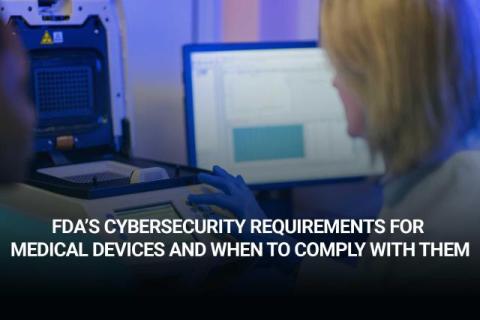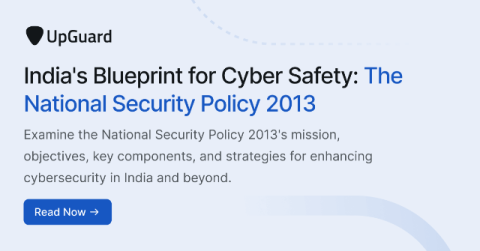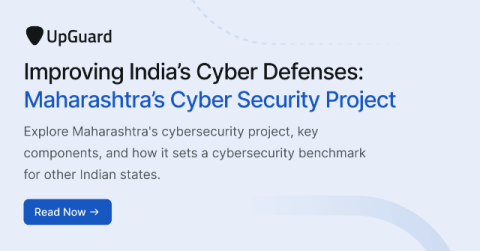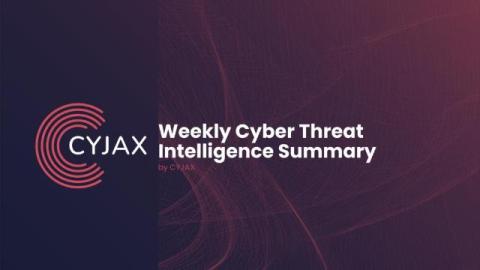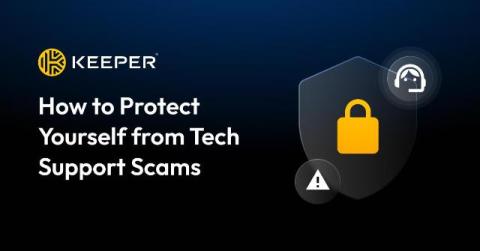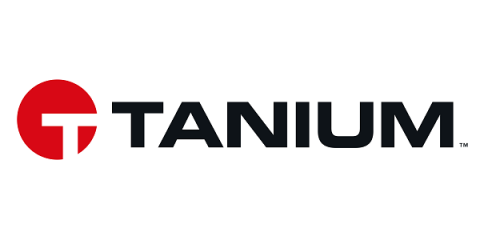FDA's cybersecurity requirements for medical devices and when to comply with them
The United States Food and Drug Administration (FDA) is a federal agency within the Department of Health and Human Services. The FDA is responsible for protecting and promoting public health through the control and supervision of medications, vaccines, biopharmaceuticals, medical devices, and other types of products. To ensure the safety and security of medical devices, the FDA supports a variety of standards and guidelines that medical device manufacturers are highly recommended to follow.


